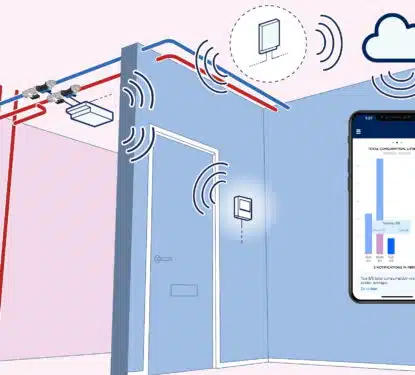The electric vehicle (EV) market has experienced exponential growth in recent years and expects even faster growth in coming years as markets aim for close to 100% EV penetration in the medium term. EV sales as a share of total vehicle sales has tripled in just three years, from 4% in 2020 to 14% in 2022, according to the IEA, and EV sales in the first quarter of 2023 are 25% higher than the same period last year. However, to maintain this pace, we must also develop the charging infrastructure necessary for this new world of electric vehicles. Data shows that EV market penetration is directly linked to the availability of charging infrastructure, with China leading the world on both fronts, making up eight million of the 14 million EVs sold in 2022. Europe is in second place with less than half that amount (3.4 million) but is now taking strides to close the gap […]
Most Popular Articles

MRI Software: Exploring the 2025 IPO & Sale Options
This Research Note examines a report from Reuters that MRI Software is to be listed in an IPO or sold. We explore the development of the business over the last 10 years, since it was acquired by private equity owners, highlight their software acquisitions for commercial real estate applications addressing integrated workplace management, tenant experience […]

Podcast 40: Stiles Property Management Found $400K+ in Hidden Savings
Most property managers know their buildings are hemorrhaging money through inefficient systems. The problem? They have no idea where to start looking. Devon Newton, VP of Property Management at Stiles, faced this exact challenge with 110 East, a new Class A development in Charlotte’s Southpark district. Despite managing 116 properties across the Southeast, she found […]

Smartvatten Strengthens European Position with 2025 LeakLook Acquisition
This Research Note examines Smartvatten, a Finnish specialist in water efficiency technology and expertise in Northern Europe. It updates our previous article in March 2024, covering Smartvatten’s solutions, key developments in 2024, sustainability partnerships and the September 2025 acquisition of LeakLook, a Finnish specialist in IoT-driven water monitoring for real estate. Smartvatten Profile Established in […]
